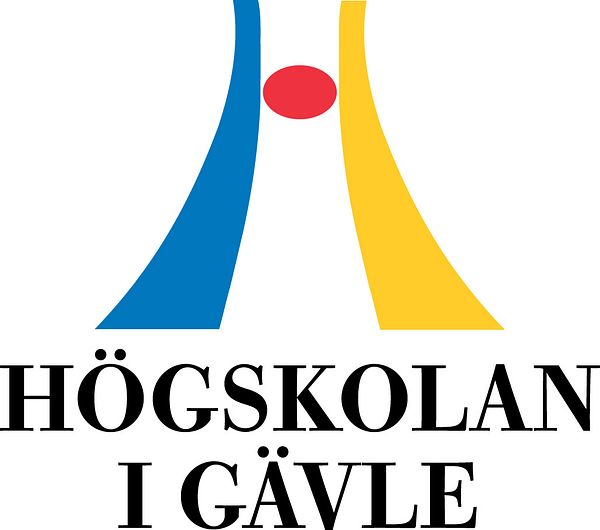Press release -
The future is to be found at the university’s new automation lab
Technical development within the field of automation - such as robotics, artificial intelligence and image processing – is very fast and the university demonstrates its potential with a high-tech laboratory.
The university demonstrates it’s potential
In the laboratory students and researchers have the use of state of the art equipment and a very stimulating work environment.
“I am very pleased about this creative project where businesses, organisations and the University concentrate their expertise within the field of automation under the same roof” says Professor Daniel Rönnow.
”We have tried to expand and broaden the course and have worked closely with industry. As we also run research programmes there are many different requirements to take into consideration when one establishes such a lab.”
Four different laboratories
Four different laboratories; robotic, automatic control engineering, sensor fusion and image processing, are used in the education and research and will be presented at the inauguration.
Examples of techniques that can be found in the four laboratories are:
Service robots
Artificial Intelligence (AI), information about robots of the future, interaction between robots and humans etc.
Service robots such as robot vacuum cleaners, robot mowing machines and plain maintenance robots are no longer science fiction. The market today for service robots has an enormous turnover.
The electronic nose
This versatile nose can determine the correct harvest time for grapes, expose hidden explosives or ascertain if a person has cancer and give information about hundreds of other things.
And it is always correct!
Exo-legs
With these prosthetic legs older people can achieve greater mobility than they do from the use of wheelchairs.
The university’s most generously funded prestigious project aims at allowing the elderly to benefit from the technical development.
Image processing
To analyse images from IR cameras and 3D cameras. IR cameras can be used for surveillance, rescue services, coast guards etc.
3D cameras indicate distances to objects and can, for example, give people with impaired vision completely new possibilities of navigation.
Innovation Environment
The new laboratory is an innovation environment where students and researchers within the fields of electronics, computers, mechanical engineering, mathematics and industrial economy can collaborate with industry to develop new tools and work methods.
The lab will be used on several engineering courses, especially the automation engineering course and the master’s programme in electronics/automation.
“We have recently started a few engineering study programmes with the emphasis on automation and a master’s programme that started last autumn.
Our niche is to be a little more practical and try to do a large amount of lab work,” says Daniel Rönnow.
”We have had engineers from industry as a reference group and we have even made onsite observations to see how automation equipment is used in reality.”
The Automations laboratory will be inaugurated by the Vice-Chancellor Maj-Britt Johansson on the 10th March 2015 at 3.00 pm in hall 99:417. Representatives from the University and industry will be present. The different sections of the laboratory will be presented by lecturers and researchers at the inauguration.
The media is welcome!
For more information please contact:
Daniel Rönnow, professor of electronics
Tel: 026-64 85 93, 073-461 82 83
E-mail: daniel.ronnow@hig.se
Text: Douglas Öhrbom
Photo: Ove Wall
Categories
- new automation lab
- research in electronics
- university of gävle
- exo-legs
- service robots
- the electronic nose
- daniel rönnow
- professor of electronics
- image processing
- artificial intelligence
- robotics
- automation
Education and Research at a Scenic Campus.
The University of Gävle has approximately 14 500 students, more than 50 study programmes and second-cycle programmes, about 1 000 courses in humanities, social and natural sciences and technology.
Research Profiles
Built Environment and Health-promoting Working Life are the general research profiles of the higher education institution. Important parts included are Spatial Planning with a specialisation in Sustainable Built Environment and Musculoskeletal Disorders with the purpose to prevent work-related injuries. In 2010, the higher education institution received permission to carry out third-cycle programmes in the profile area of Built Environment.
The higher education institution has applied for permission to carry out third-cycle programmes in technology, humanities and social sciences.
